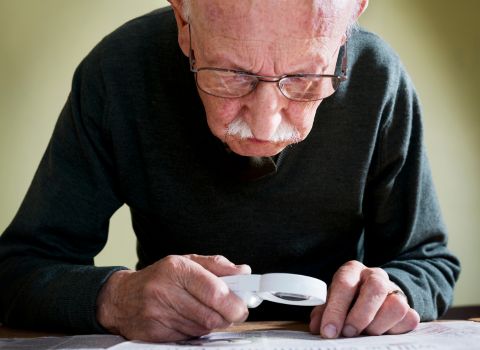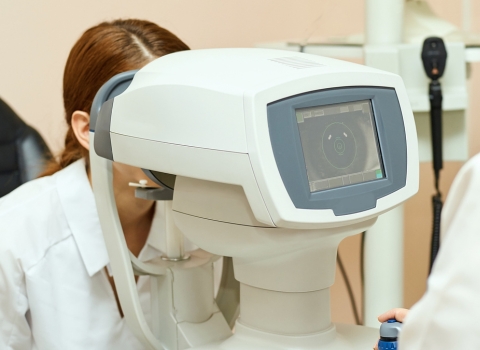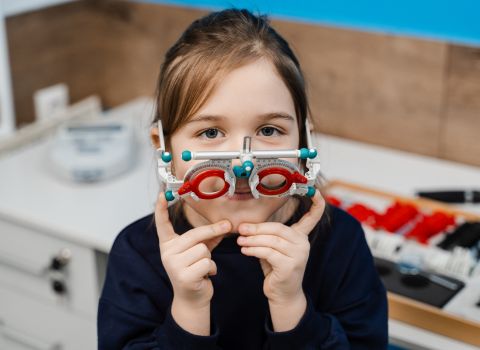Quality eye care from your
Family Optometrists
Our practice has been based in Somerset West for over 30 years.
We have a special interest in Behavioural Optometry and see families from all corners of South Africa for comprehensive eye care and visual therapy.
From the smallest members of your family to the eldest, we love to build relationships with our customers that span generations and take immense pride in this.
Welcome to our website.
Our Services

Eye examination
An all-inclusive series of tests to determine the functionality and health of your visual system.

Binocular evaluation
During our Binocular Vision Assessment we assess our patient’s visual skills and visual performance.

Neuro-Optometric
assessment
A person who has suffered a brain injury or any neurological condition can experience various visual difficulties that need to be rehabilitated.

Optical
coherence
Tomography
One of the most widely used tools for detecting diseases and conditions affecting the retina and surroundings.

Chronic diseases
Several chronic diseases can affect the health of your eyes, including diabetes, glaucoma, chronic eyelid inflammation and macular degeneration.

Visual Therapy
Our Behavioural Optometrist-supervised program is designed to improve the function and efficiency of the visual system.

Myopia management
A vision condition that affects your ability to see distant images and/or objects clearly.

School screenings
Our team conducts school screenings and talks in the Helderberg and surrounds.

Driver's license screening
We offer driver's license screenings. Make an appointment with our staff for yours.
This practice has a special interest in Behavioural Optometry.
What is behavioural Optometry?
The goal of behavioural optometry is to prevent, reduce any visual problems from developing or work on those that have already developed, which may or are impacting on your child’s scholastic development.
Visual Therapy is a process that teaches your brain how to use your eyes more effectively, more efficiently and more accurately.
This is achieved by providing remediation or rehabilitation for visual problems using vision therapy (eye exercises), spectacles, prisms, and/or tints, in caring for your child’s visual needs.


Meet Your Optometrists

Michèle Hlava
SRN (Rhod) SRM (SA)
Dip Optom FOA (SA)
MCOVD (USA)
MACBO (Aus)
MNORA (USA)

Donovan Savage
BTECH OPTOM FOA (UJ)
NDip OPTICAL DISPENSING (SA)
PostGradDip SPORTS VISION (UJ)
Cert. Myopia Management (AUS)
What Our Clients Say
Testimonials

Engineering Manager
Alice Howard
Lorem ipsum dolor sit amet, consectetur adipiscing elit. Ut elit tellus, luctus nec ullamcorper mattis, pulvinar dapibus leo.

Interior Designer
Nathan Marshall
Lorem ipsum dolor sit amet, consectetur adipiscing elit. Ut elit tellus, luctus nec ullamcorper mattis, pulvinar dapibus leo.

Architect
Ema Romero
Lorem ipsum dolor sit amet, consectetur adipiscing elit. Ut elit tellus, luctus nec ullamcorper mattis, pulvinar dapibus leo.

Manager
Ann Smith
Lorem ipsum dolor sit amet, consectetur adipiscing elit. Ut elit tellus, luctus nec ullamcorper mattis, pulvinar dapibus leo.
Learn More From
Frequently Asked Questions
You might need reading glasses due to a condition called presbyopia. This is a very common condition that affects most people as they age, typically around 40 years old.
Presbyopia happens because the lens inside your eye stiffens and loses its flexibility. This makes it harder for your eye to focus on objects close up, like reading a book or using your phone.
Here are some signs that you might have presbyopia:
- You hold reading materials farther away to see them clearly
- Words appear blurry at close range
- You get headaches when you try to focus on close work
Please don’t.
We don’t believe it’s safe to sleep in contact lenses, even occasionally. Here’s why:
Increased risk of infection: Sleeping with contacts on reduces oxygen flow to your eyes. A perfect environment where bacteria grow, increasing your risk of eye infections. These infections can be serious and lead to vision problems.
Discomfort and dryness: Contact lenses can dry out while you sleep, leaving your eyes scratchy and irritating your lenses.
- If you accidentally fall asleep with your contacts in, remove them as soon as you wake up and give your eyes a break. Use fresh disinfecting solution and wear glasses for the day.
A further resource we like: https://www.healthline.com/health/eye-health/sleeping-with-contacts
There are two main recommendations for when your child should get an eye test:
Early Childhood:
- Ideally, a child’s first comprehensive eye exam should be between the ages of 6 months and 1 year old [1]. This helps identify any potential problems early on.
- Another eye exam is recommended around 3 years old [3, 4].
School Age:
- At least one eye exam is recommended between the ages of 3 and 5 years old [1, 3].
- Once your child enters school (around 5 or 6 years old), they may have a vision screening at school. This is a basic check and may not be a substitute for a full eye exam [2].
- Regardless of school screenings, children should have regular eye exams throughout childhood, typically every 1-2 years, until age 18 [1, 3].
Additional factors to consider scheduling an eye exam:
- If you notice any signs of vision problems in your child, such as squinting, holding objects close to their face, one eye pulls in, or having trouble seeing the board in school, schedule an eye exam regardless of their age [2, 3].
- If there’s a family history of childhood eye problems, such as lazy eye or strabismus (crossed eyes), more frequent eye exams may be recommended [3].
Remember: Early detection and treatment of vision problems in children can significantly improve their overall development and learning.
- [1] The American Academy of Ophthalmology
- [2] The American Optometric Association
- [3] The Centers for Disease Control and Prevention (CDC)
- [4] While not explicitly referenced above, the American Academy of Pediatrics also recommends an infant eye exam between 6 months and 1 year.
Our details
- Address: 18 Dirkie Uys Street, Somerset West
- Tel: 021 852 3667
- Email: aspec@iafrica.com
- Practice no. 070000 7017642